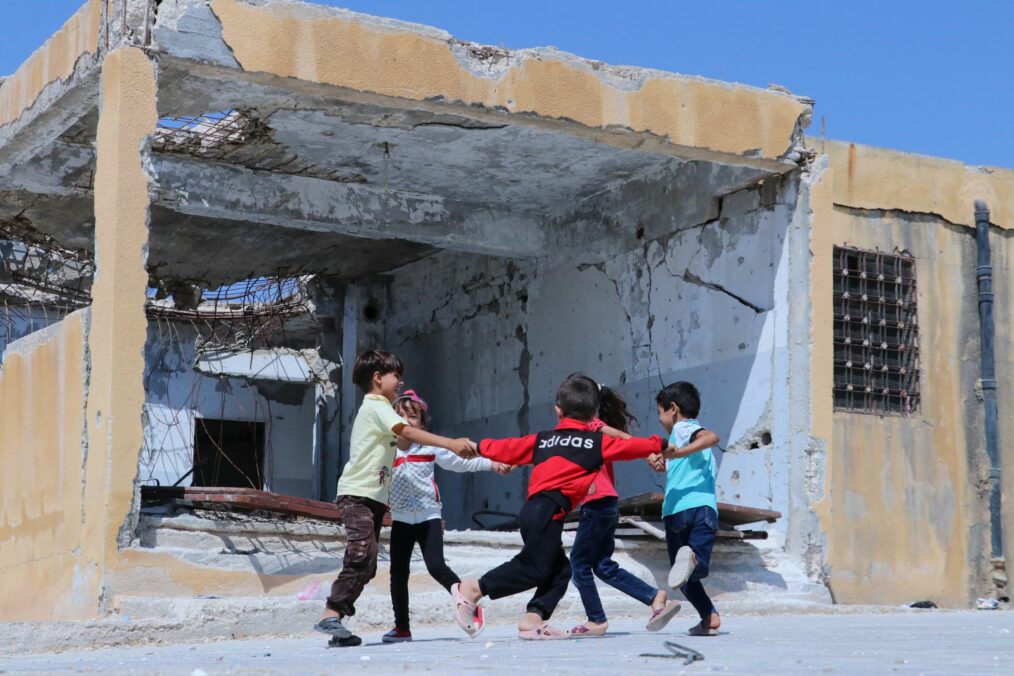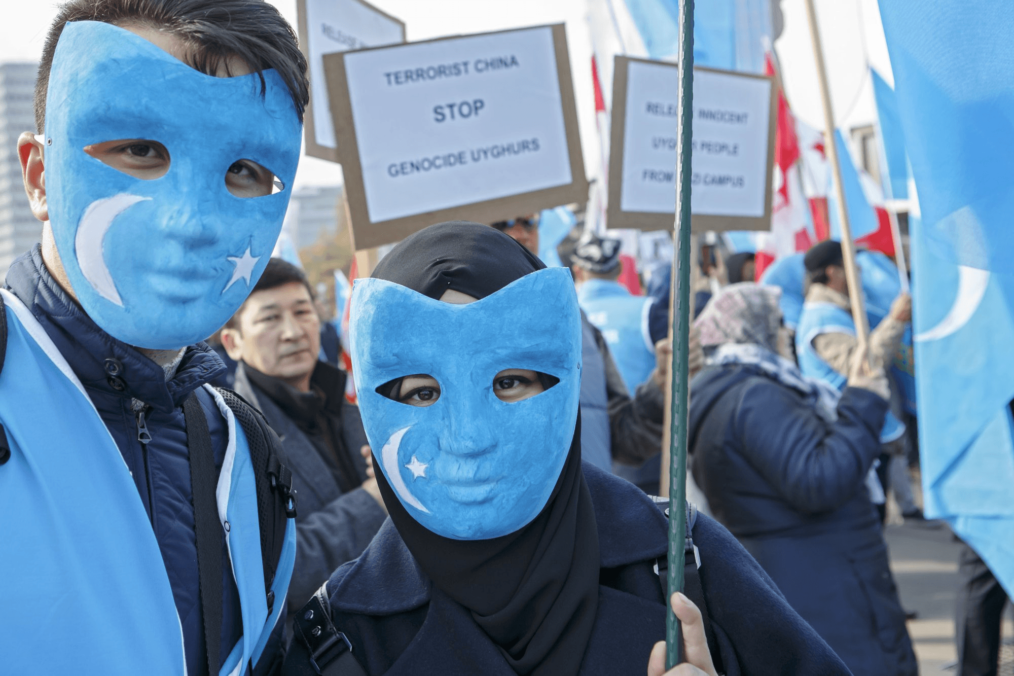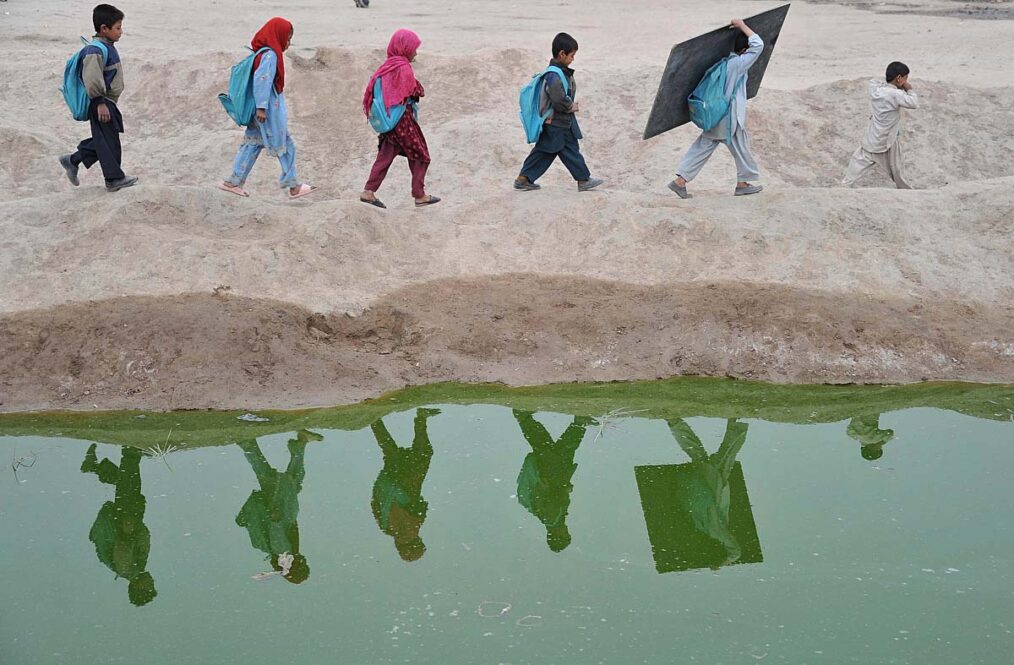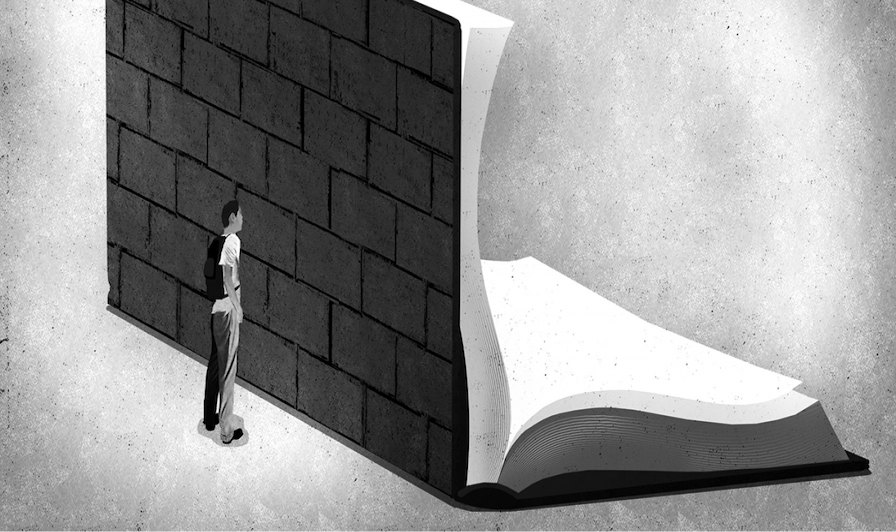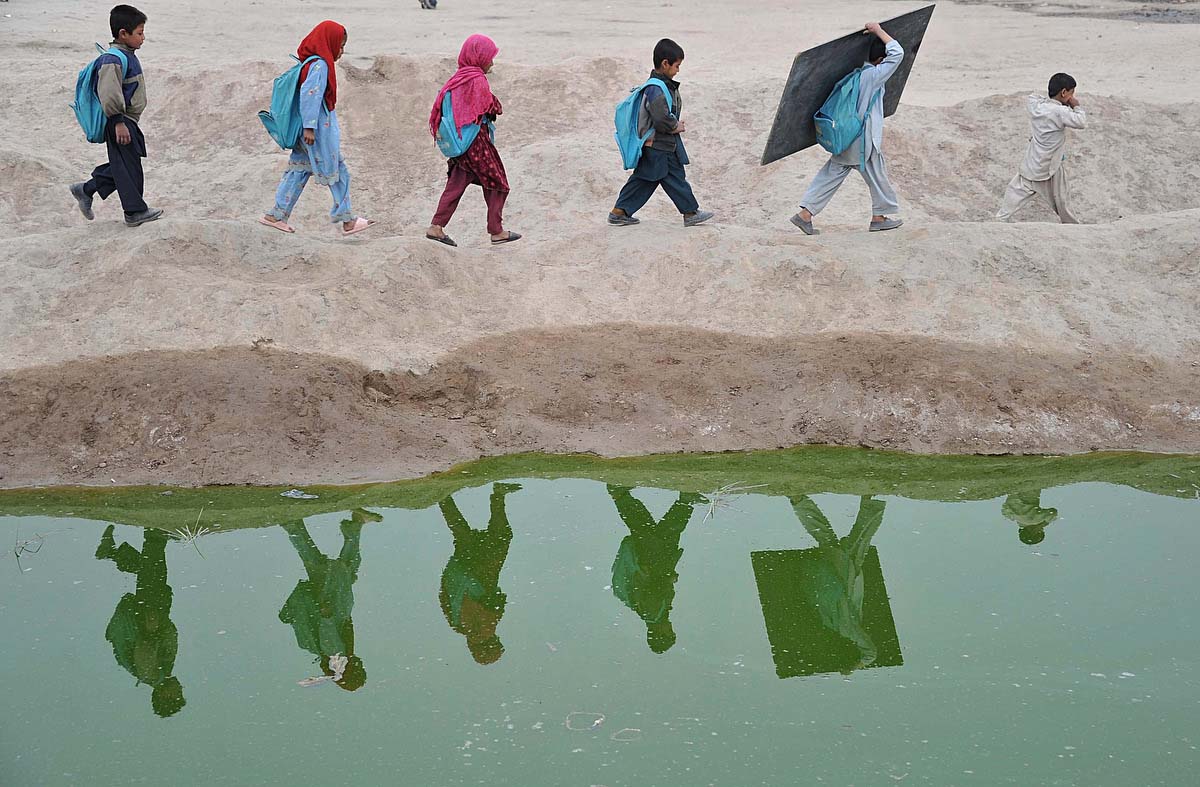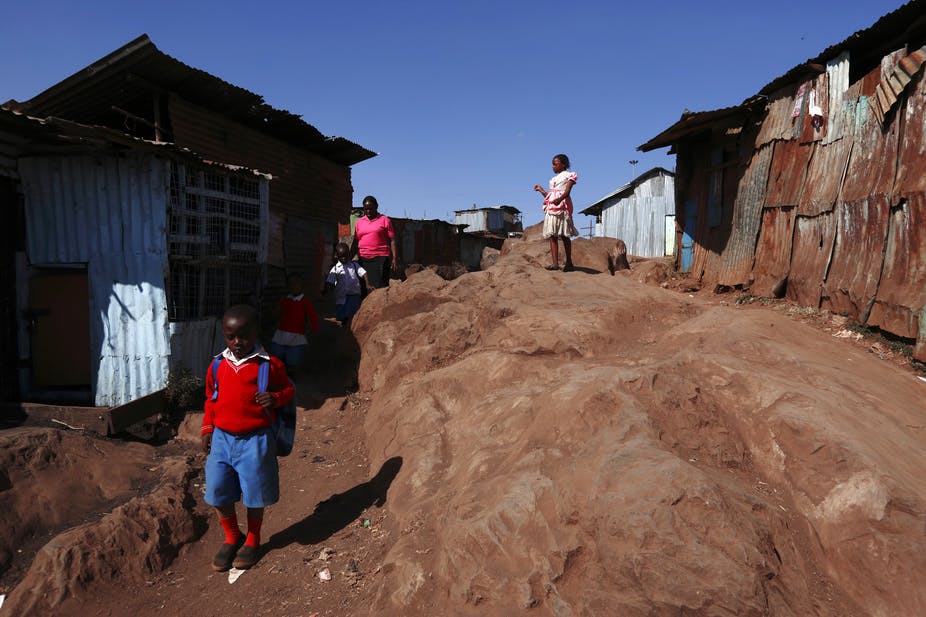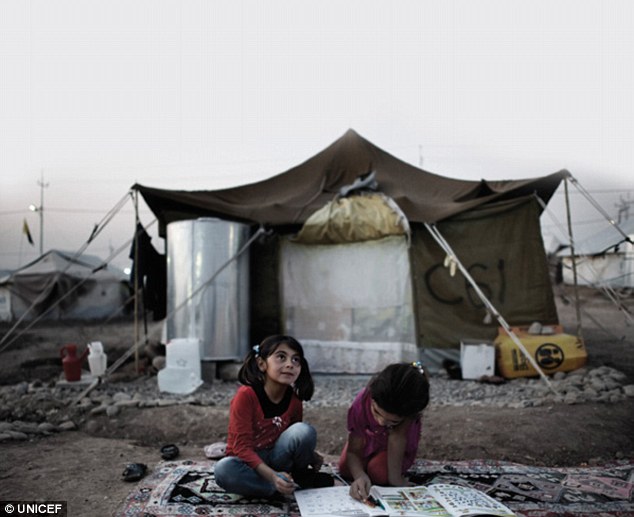Among the institutions most affected by Afghanistan’s incessant conflict over the past four decades, few have endured as much damage as the country’s educational system. Throughout King Zahir Shah’s 40-year reign and the subsequent Communist governments that ruled Afghanistan after him, the country’s higher education system was lauded for the quality of its institutions and the high representation of females, both within the student body and faculty ranks.
The invasion by Soviet forces in the late 1970s led to an exodus of teachers, coupled with the physical destruction of schools and universities, which were often used as bunkers during the war. Throughout the Taliban’s tenure, changes in curriculum and the practice of barring females from educational opportunities reversed much of the hard-fought progress that had at one point, made Afghanistan’s higher education system one of the most advanced across Central and South Asia.
Today, efforts geared toward restoring Afghanistan’s higher education infrastructure require capital investment in facilities, specifically for labs and research centers, in addition to recruiting and retaining high-quality faculty. Whereas most contemporary higher education systems typically require a Master’s degree as a minimum requirement for faculty, survey data over the past decade reveals that well over half of Afghanistan’s higher education faculty possess just a Bachelor’s degree.
Though offerings of graduate programs have grown, they still lag considerably, compelling many of Afghanistan’s brightest minds to continue their education abroad in neighboring countries. India, as one example, remains a predominant destination for Afghan students. India’s geographic proximity, affordability, and exponential growth in postsecondary institutions make the country an attractive option. Yet, while many of these graduates often return with aspirations of joining Afghanistan’s civil service, the double-edged sword of Afghans seeking an education abroad has led to the chronic issue of “brain drain”, where young, high-skilled Afghans depart the country, with no intent to return.
Building capacity in Afghanistan’s colleges and universities is an integral part of the country’s reconstruction efforts. In just the first decade after the collapse of the Taliban government, enrollment in Afghan tertiary institutions increased by 115%, showing the domestic appetite for quality education. Yet, with just under half of the country’s territory occupied or under threat, most of Afghanistan’s higher education institutions remain heavily concentrated in just a handful of areas.
Given the correlation between geography and ethnicity, diffusing educational opportunities across Afghanistan’s most insecure provinces will be critical to preserving harmony between the majority Pashtuns and the various minority ethnic groups. Though admission quotas exist for disadvantaged students, they are not enough to remedy the acute economic and political disparities that exist between ethnic groups. In addition to filling the gaps between ethnic groups, Afghan females are also poised to benefit from expanded access to higher education. At present, females already have begun to outnumber their male colleagues in some university departments. Unlocking further opportunities would provide a boost to the female labor participation rate and provide additional economic security for Afghan households.
Given the implications of its expansive mandate, the Ministry of Higher Education’s post-peace plans will have to prioritize the expansion of institutions, while also ensuring quality control. Privatization in Afghanistan’s education system has incentivized investment and expansion, yet in the absence of a rigorous accreditation system, private institutions may offer substandard quality at a higher cost. Ensuring managed growth and a quality educational experience will yield the best results in the long-term.
Furthermore, a functioning higher education system is essential for industrialization and retaining homegrown talent. Universities can serve as useful hubs for agglomeration, where businesses and institutions cluster to collaborate and benefit from nearby talent. The opportunity for enterprising Afghans is laden in the country’s erratic, but substantial growth that has taken place in the last 20 years. Opportunities in the extractive, manufacturing, and services sectors will all necessitate domestic know-how to generate the optimal return-on-investment for Afghanistan’s economy.
Given Afghanistan’s youthful population, where over 40% of the population is under the age of 15, the future outcomes of the intra-Afghan talks will have implications for generations to come. Providing an accessible and rigorous education provides the best path toward reconstruction and the prevention of future conflicts.



